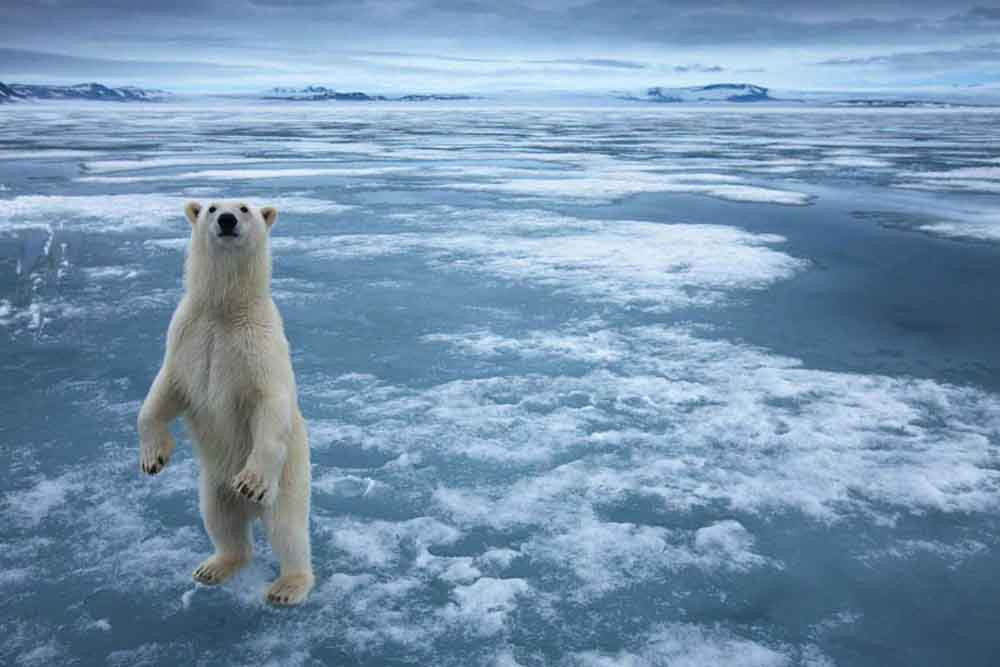The money from the Arctic territories is collector's currency, dollars that are not legal tender and are only issued for purchase by numismatists. However, they can be exchanged for US dollars.
The predominant image on these banknotes is polar bears. This is hardly surprising, since "Arctic" comes from the Greek word for "bear," as opposed to "Antarctic," which means "without bears" (although there are penguins there). In short, Arctic was the name given to the area by the first explorers, based on the abundance of bears in the area, those beautiful white polar bears that have starred in so many Coca-Cola advertisements. The Arctic continent is actually a gigantic ocean covered by an ice floe and surrounded by frozen land and subsoil. The cold, however, has not stopped life from thriving, with abundant birds, mammals, fish and, of course, the aforementioned polar bears.
Highly coveted waters
The Arctic territories include parts of Alaska (USA), Russia, Canada, Greenland, Lapland, Norway, the Svalbard Islands, Iceland, Sweden, and Finland, the latter three being the only countries without coastlines on the Arctic Ocean.
The distribution of these territories has become a matter of international controversy in recent times, as the melting of the North Pole will turn the Arctic into a navigable passage that will substantially shorten the distance between Asia and Europe.
Add to this geostrategic importance large quantities of oil and other fossil fuels, no less than a third of the world's reserves, as well as gold, diamonds, and other natural resources, and it is logical that the 'midnight sun' region is coveted by powers such as Russia, Canada, and Norway in particular.
The origin of the Eskimos
But, in addition to polar bears and migratory birds, there is also a human presence in the Arctic, although it is quite small, limited to the famous Eskimos who live in igloos and have managed to adapt to the cold and extreme living conditions.
In fact, the word Eskimo is a generic term used to refer to the indigenous peoples of the Arctic regions of Greenland, America, and Siberia, as in Canada this term has fallen into disuse due to its negative connotations.
These peoples, like the rest of the indigenous peoples of the American continent, came from northeastern Asia, specifically Siberia, and crossed the Bering Strait when it rose above sea level due to glaciation to settle in North America.

